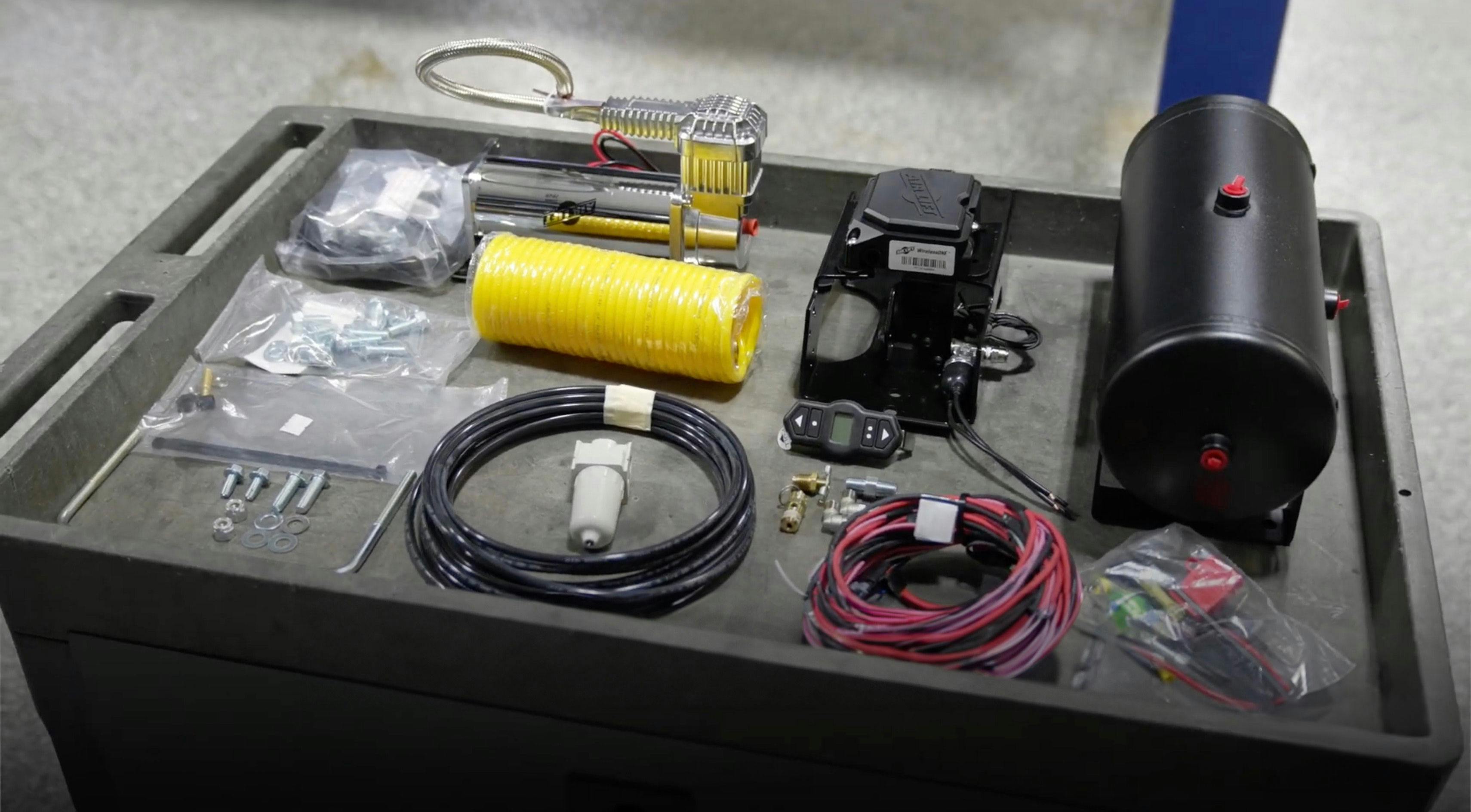
How To Properly Load A Pickup Truck Bed
12/16/2013
With all of the developments in logistical engineering, more cargo is moved worldwide with the use of a simple pickup truck than one could ever have imagined.
Every day, pickup trucks are loaded down and sent across the country with little or no attention being paid to vehicle weight classification, cargo arrangement, or safety of operation.
Before you even get to loading your truck bed, it’s important to consider your vehicle’s weight classification rating.
“Vehicle weight classification rating” refers to the total payload which may be safely carried in the cargo area. The weight classification of any vehicle should also be considered before fitting that particular vehicle with a trailer, camper, or watercraft.
Half-ton, three-quarter-ton, and one-ton vehicle classifications are more than just a suggestion and should be taken into consideration before undertaking any hauling endeavor.
As a rule of thumb, a weight classification rating of at least three-quarters of a ton should be considered a minimum safety requirement for any application which will regularly tow a trailer, camper, or large water craft.
Remember that just because the exterior appearance of a half-ton truck is similar to that of a one-ton truck does not mean that it has the same suspension. Obviously, trucks with higher weight classification ratings are equipped with heavier suspension systems and are, therefore, better suited for towing/hauling.
Loading the Truck Bed 101
Correctly loading cargo into the bed of your pickup truck will have a positive effect on the handling characteristics, as well as your truck’s ability to carry heavy loads without damage to body, drivetrain, or suspension components. Where you place heavy cargo inside the bed of your truck has a great deal of bearing on how well your truck adapts to the added payload.
Rule #1: Always place heavy cargo as far forward as possible and, whenever possible, balance the load from left to right, or vice-versa.
Whenever loading a pickup bed for maximum cargo capacity, whether the truck is a short bed, long bed, or step-side, loading should be performed beginning at the point closest to the cab working toward the rear bumper. All loads should be secured using a ratchet strap, bungee cords, cargo net or similar device.
Rule #2: Evenly distribute porous materials across the bed.
Porous materials, such as dirt, sand, and gravel should be loaded into the front half of the bed and spread towards the rear in a uniform fashion. A liner underneath these types of materials will serve to aid in unloading, as well as preserving the beauty of the truck. These types of materials should always be covered with a tarp, or other suitable covering.
Some states, counties, etc. require that these loads be covered. Check local statutes and ordinances before approaching public dumps and landfills, as these are prime targets for enforcement of such regulations.
Rule #3: A stable, flat, and level truck bed is the ideal starting point for any payload of cargo.
You can have this each and every time with the help of an adjustable air spring kit from Air Lift.
Adding a high-quality aftermarket adjustable air suspension kit will also increase operational safety, help improve handling, and enhance braking effectiveness. Air Lift offers top-of-the-line air bag suspension kits for use with or without on-board air compressor systems.
Our air suspension kits are sold with all of the hardware, brackets, valves, and air lines which are required for installation, and can be installed in about two hours.

